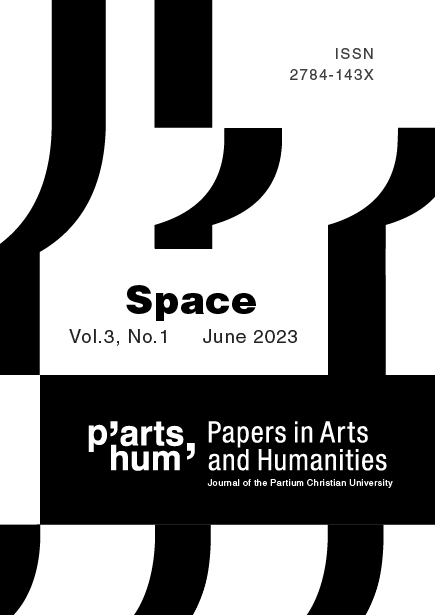The Conception of Space in Two Late Nineteenth-Century Writers, Thomas Hardy and Josef Karel Šlejhar
The Conception of Space in Two Late Nineteenth-Century Writers, Thomas Hardy and Josef Karel Šlejhar
Author(s): Zdeněk BeranSubject(s): Semantics, Comparative Study of Literature, Czech Literature, 19th Century, British Literature
Published by: Partiumi Keresztény Egyetem
Keywords: Thomas Hardy; Josef Karel Šlejhar; naturalism; semantics of space; symbolism; poetics of space; Gaston Bachelard;
Summary/Abstract: The famous English novelist and poet Thomas Hardy and the little-known Czech short story writer Josef K. Šlejhar share a similar position in literary history, both being frequently, and rather inaccurately, discussed in the context of European naturalism. Though being partly influenced by the same ideas as the French naturalists, they both developed an individual mode of representation, especially in the way they structure the space of their fiction. The present paper attempts to analyse their approach and to demonstrate the fundamental difference of their conceptions. The prevailing form of space in Hardy is structured landscape where the nodal points are loci characterized by specific semantic density determining the issues the major characters are confronted with. Contrary to this, Šlejhar’s conception tends to present space as an exteriorizing projection of his characters’ situation, very often representing a moral dilemma of an individual or a community; due to this his space is less structured but more intense, deriving its meaning from the character, while in Hardy the process is reverse. The principal focus of the paper is thus on the semantics of the interaction between character and its environment or circumambient space.
Journal: P’Arts’Hum
- Issue Year: 3/2023
- Issue No: 1
- Page Range: 37-52
- Page Count: 16
- Language: English

